Managing Wildlife Populations
Finishing Gifford Pinchot Bat Hibernacula Surveys: Biologist Wickhem assisted the hibernacula survey team for one more day in mid-February. Wickhem and Technician Motiff skied six miles to survey six small caves outside Trout Lake. Technician Leipold and Bat Specialist Tobin snowshoed to two other caves on the same day. These surveys are part of a larger effort to survey a portion of the 600+ caves within the Gifford Pinchot to see which support hibernating bats, especially Townsend’s big-eared bats, which are a Washington Species of Greatest Conservation Need (SCGN) and a Priority Species under WDFW’s Priority Habitats and Species Program. Wickhem and Motiff counted 49 Townsend’s big-eared bats and one myotis species occupying three of the six caves. Tobin and Leipold found 21 Townsend’s and 17 myotis. As of Feb. 17, the effort to survey hibernacula in the Gifford Pinchot is complete for the season with the team surveying 39 caves total, all of which have not been surveyed in 20-30 years, if ever. Hopefully we will be able to visit these caves more often in the future.
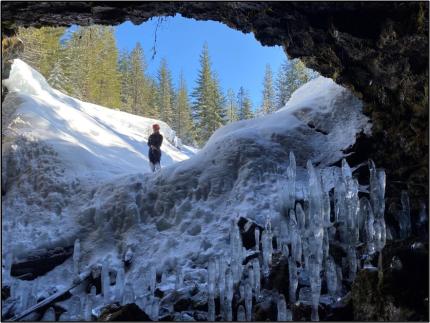
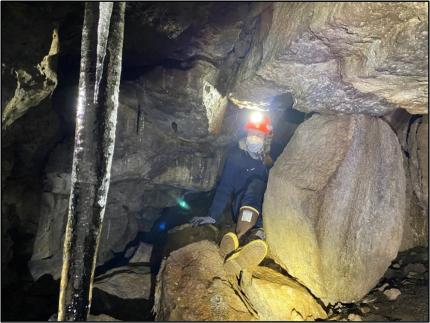
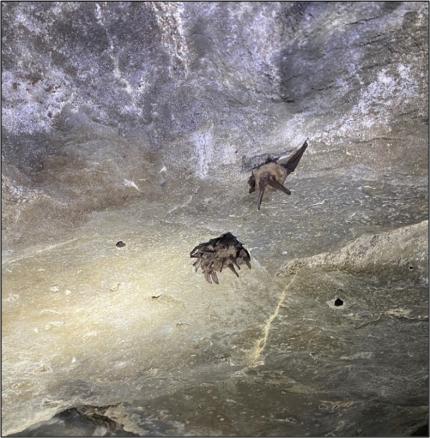
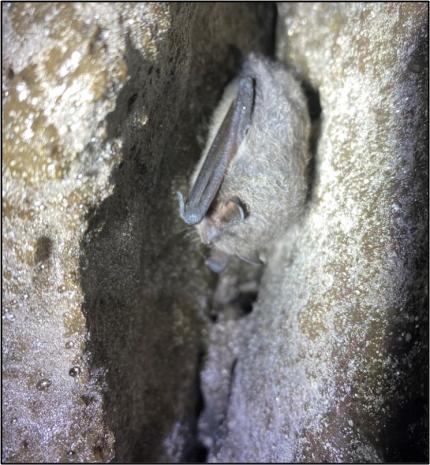
Elk Hoof Disease: Regional wildlife biologists, conflict specialists, and customer service staff members continue to manage the various logistics surrounding the Master Hunter Hoof Disease Incentive Program Hunts. These hunts are designed to help manage hoof disease while providing recreational opportunity. Hooves of elk harvested in these hunts are evaluated by WDFW staff members to determine the effectiveness of the program.
Dusky Canada Goose Surveys: Biologist Wickhem continued District 9 bi-monthly dusky Canada goose surveys on the Shillapoo Wildlife Area and surrounding wildlife areas. Dusky geese are a sub-species of Canada goose that spend summers in Alaska and migrate through and/or overwinter in the lower Columbia River area. Duskys are closed to recreational harvest due to low population levels. The purpose of the surveys is to count dusky geese observed and read alphanumeric codes on any red-collared duskys. Wildlife managers survey the geese multiple times across their primary wintering grounds and use the data to generate survival estimates. On this survey, Wickhem observed 26 dusky geese and read three goose collars. Assistant Wildlife Area Manager Breitenstein was conducting his own waterfowl surveys on the wildlife area and recorded an additional 111 dusky geese. Other notable sightings included nearly 300 swans, red-tailed hawks, northern harriers, bald eagles, great blue herons, egrets, sandhill cranes, thousands of snow geese and many species of waterfowl. Unfortunately, invasive nutria were also very active and several were spotted throughout the day.
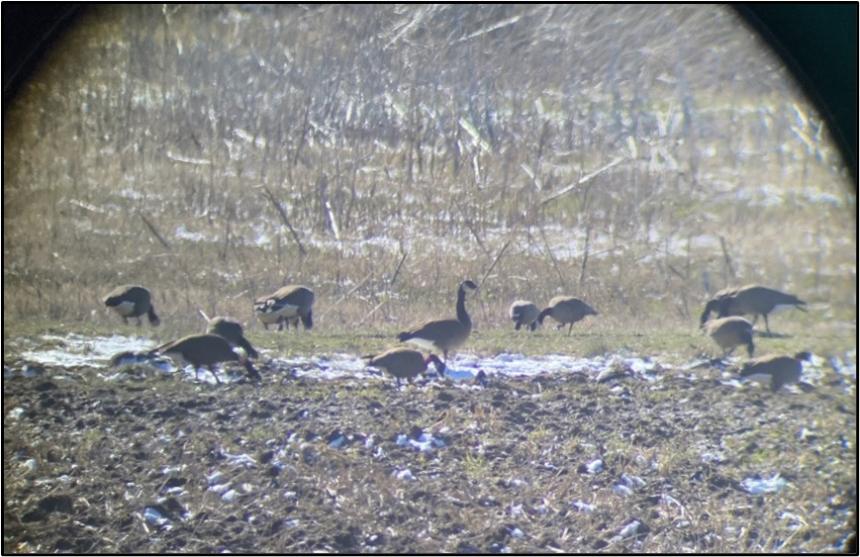
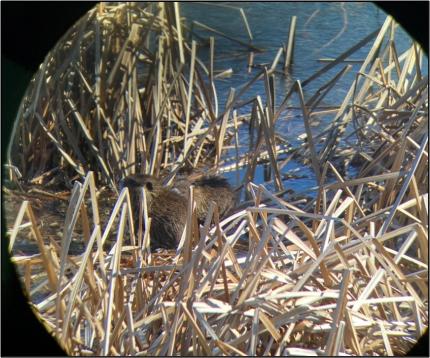
Providing Conflict Prevention and Education
Injured Elk: Wildlife Conflict Specialist Jacobsen and Biologist Bergh responded to a report of an injured elk on the side of the road in western Klickitat County. Jacobsen and Bergh assessed the female elk’s condition and decided that it needed to be euthanized. Based on its proximity to the road, its semi-mobile state, and the high volume of fast-moving traffic along the highway, Jacobsen requested traffic control assistance from law enforcement. WDFW Officer Myers and a Klickitat County deputy responded and blocked traffic for two minutes while Jacobsen euthanized the elk. A nearby landowner was able to salvage the elk carcass. In addition to sustaining injuries from the vehicle collision, the elk also had severe symptoms of hoof disease on one of her hind feet.
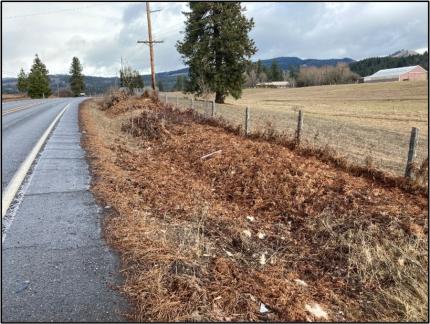
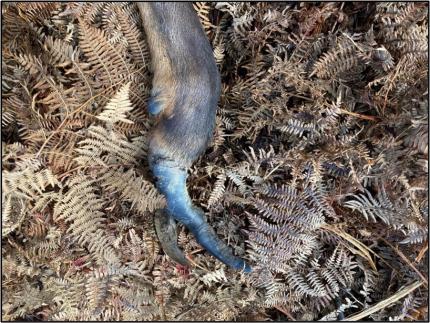
Proactive Wolf Deterrents: Wildlife Conflict Specialist Jacobsen proactively deployed several Fox Lights around a calving pasture in Klickitat County. The two known wolves in Klickitat County have been frequenting the area around the calving pasture for the past several months, and the livestock producer’s cows will be calving in the pasture within the next week or two. Jacobsen will continue to monitor wolf activity in the area and work with the livestock producer on additional deterrent measures if necessary.
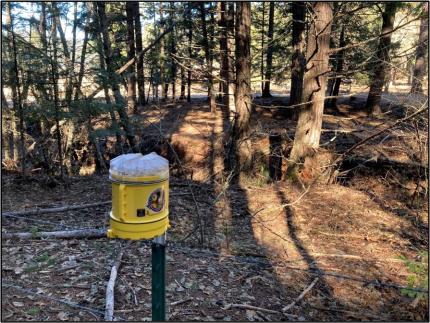
Trapped Duck: Biologist Wickhem responded to a call of a duck that was trapped in a gatewell of The Dalles Dam. Wickhem and Conflict Specialist Jacobsen consulted and devised several schemes to remove the goldeneye from the 30-40’ deep concrete pit. Unfortunately, the duck had died by the time she arrived, but Army Corps of Engineers Biologist Day gave her a tour of the areas where they have had waterfowl trapped in the past. This included the fish ladder, where three pelicans were trapped for several days last summer. The two discussed possible ways to deter birds from getting into these areas, but options are limited because most netting or coverings would impede regular maintenance of the dam. Biologist Day has been testing some alternative bird deterrent methods in other areas of the dam. Day was excited to have a contact in Washington to consult with about trapped waterfowl since technically the entire dam falls within Washington and not Oregon as most would assume.
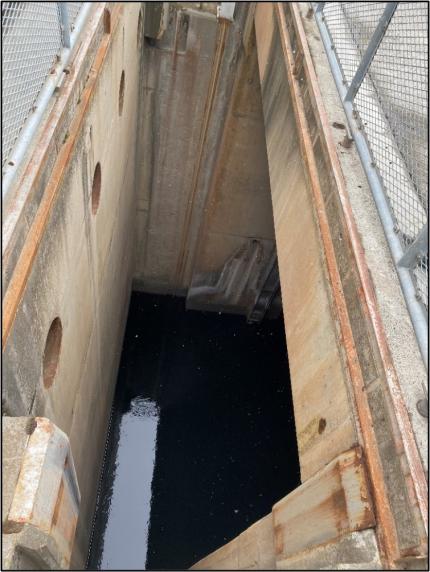
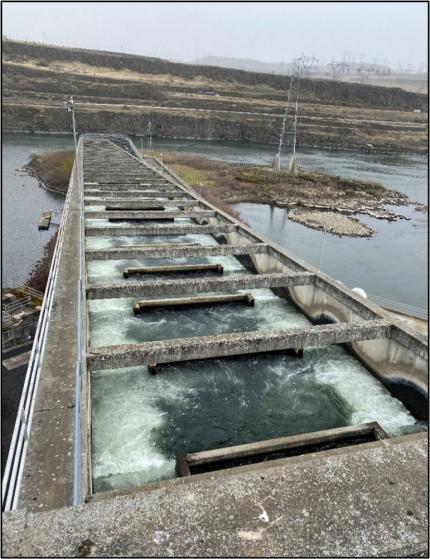
Providing Education and Outreach
Portland Sportsman’s Show: Wildlife Conflict Specialist Jacobsen, Assistant District Wildlife Biologist Stephens, Private Lands Biologist Ferris, Conflict Technician Kolenberg, Assistant Wildlife Area Manager Hunt, and District Wildlife Biologist Holman worked various shifts at the Northwest Sportsman’s Show in Portland. The event was well attended with hundreds of individuals stopping at the WDFW booth. The booth was outfitted with informational handouts, stickers, a trivia wheel, and a turkey hunting video game. The most popular wildlife related questions included Big-Game Hunting Regulations, Special Permit process and deadlines, costs of non-resident licenses, elk hoof disease, wolf management, and requests for clarification regarding specific locations and regulations. More broadly the attendees had many questions about fishing regulations, clam seasons, smelt seasons, and spring chinook forecasts.
Conducting Business Operations and Policy
Public Meetings to Gather Input Regarding the Draft Simcoe Mountains Unit Management Plan: Klickitat Wildlife Area Manager VanLeuven and Assistant Wildlife Area Manager Hunt joined Region Wildlife Program Manager Jonker, Habitat Biologist Johnson, District Biologist Bergh, Range Ecologist Burnham, Forester Pfeifle, and Public Outreach Specialist Couch in setting up for three public meetings and interacting with attendees to capture their thoughts and suggestions. The first meeting was in Toppenish at the Yakama Nation Headquarters Feb. 22 and the second and third meetings were at the Goldendale County Services Building on Feb. 23. All the meetings went very well, and the wildlife area staff members enjoyed meeting people that they probably would not have met otherwise. The meetings were lightly attended but the quality of the conversations at the meetings made them worthwhile.